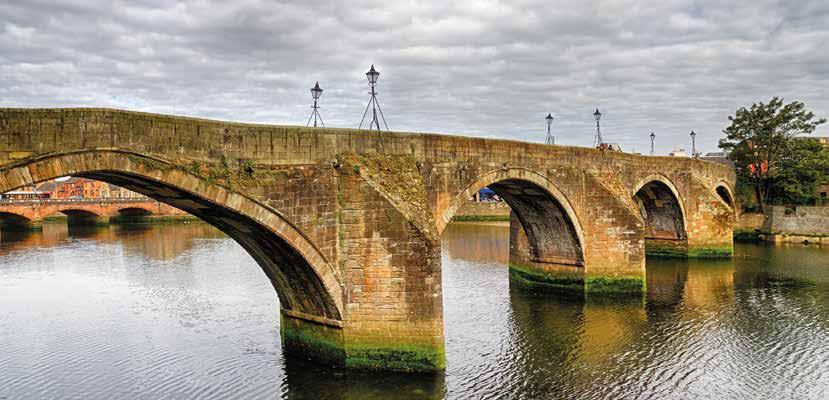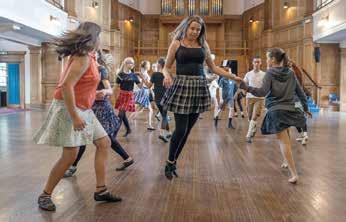
3 minute read
In my Opinion by Campbell Tyler
Campbell Tyler, Cape Town
Is Scotland essential to the survival and flourishing of Scottish country dancing in the 21st century and to what extent does it need to be part and parcel of what we teach? My context is Cape Town, a city that received thousands of Scottish emigrants after WW2, resulting in a thriving Scottish country dance community of over 200 dancers in the 1960s. Numbers have slowly diminished, and at our last major function we were able to muster just over 50 dancers. There has been huge internal rural immigration. Emigration from Scotland has slowed to a trickle, so where do we look to replace retiring dancers, never mind growing overall numbers? And what is the product we are trying to sell: exercise, sociability, health that resists the onset of old age, foottapping music, Scottish culture?
In an attempt to arouse new interest, I went to a rural community 70km outside Cape Town to work with a group of high school youngsters, teaching them dances like The Flying Scotsman and The Radical Road. They have no connection with Scotland; their context is South Africa. The first thing I did when I started was to point out that they lived in an area called Elgin and told them very briefly about how this pointed to a strong Scottish heritage. I told them they were going to learn dances that the Scots do. Why did I bother? Why didn’t I just carry on and teach them the dances? Here are my reasons.
1. I wanted to introduce them to a complete experience, not just the dancing but all the added features that make SCD what it is, including that it is danced internationally.
2. Scottish dancing is intimately linked to the idea of the ceilidh, a unique tradition that means just about everyone from an area can get up and dance Strip the Willow,the Gay Gordons and Dashing White Sergeant. In my view our dancing takes all but one of its best attributes from the ceilidh: great music, social interaction, exercise, a levelling of the playing field, a common dancing language and immediate accessibility – all attributes that resonate in the community. The door to Scottish country dancing for them is through the ceilidh. The exception is the intellectual challenge of our current repertoire.
3. So much of Scottish language, culture and history is embedded in so many of our dances. For my students it is a window into a different world. I hope that one day they might visit Scotland, dance there and see for themselves where it all evolved.
4. We made tartan belts as part of their uniform; when they saw a video of the Radical Road the boys wanted to know if they could also wear that ‘thing’ – a kilt. We must not underestimate the pulling power of tartan and kilts; it is a major selling point for us.
5. The support the RSCDS gives us. I am immensely grateful for the Virtual Festival, Spring Fling, the articles about dance in Scottish schools, the Commonwealth Ceilidh videos, the Manual etc. (I acknowledge that there is significant non-Scottish input in all this, but it is in Scotland that this becomes viable.)
So I will continue to attempt to introduce Scottish dancing into that rural community. I will link it with all things Scottish, because that enriches the product, provides exotic variety, fires the imagination, and paints pictures of the little guy fighting the odds. For me, when we demonstrate, we are demonstrating Scottish culture as enriched by the international input and that is usually how it is received. I am not in any way trying to discount the huge contribution of people outside Scotland. Scottish country dancing is at a crossroads – to survive it needs to adapt to the modern taste. It may well lose its Scottishness in the process and be carried forward by an international organisation driven by the young people of the Continent and elsewhere. But for me SCD is inextricably Scottish and hopefully will remain so.










